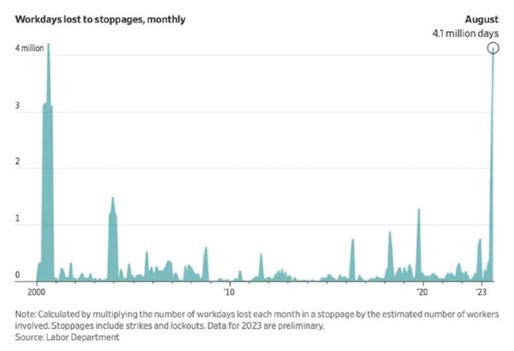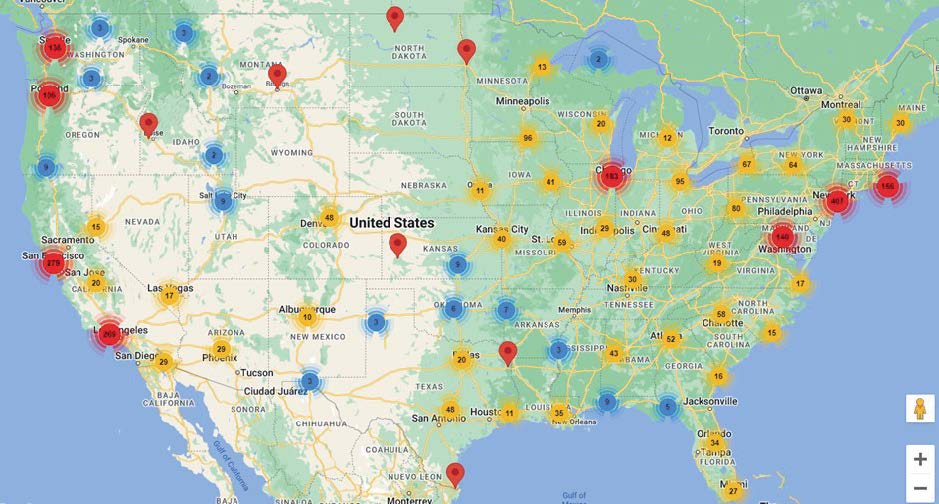This surge in labour movements is not isolated to a single industry but is a collective outcry spanning across diverse fields, from auto workers to educators. Today we delve deep into this rising tide of worker movements, explore the underlying causes, and understand the broader implications on society, politics, and the economy.
The UAW strike and the broader wave of strikes occurring nationwide in the US are not merely transient events, they are reflective of deeper socio-economic and political currents shaping the landscape of labour in the United States. They bring to the forefront critical questions about workers' rights, economic equity, and the evolving relationship between labour and capital. In the following sections, we will navigate through the statistical landscape of recent strikes, dissect the role of unions, and analyze the political and societal responses to these labour movements. An in-depth case study of the UAW strike will provide insights into the financial and long-term implications of such labour disputes on affected companies and industries. Finally, we will reflect on the future outlook of labour movements and their potential impact on workers and employers in the coming years.



.png)

